Giordania
www.select.jo
Members of SITE, ASTA, JTB & JITOA. Since 1994
Jordan Select Tours – Expect The Exceptional!
Itinerary
DAY 1 Saturday, 29/03/2014 Arrival Amman
DAY 2 Amman city tour / Dead Sea.
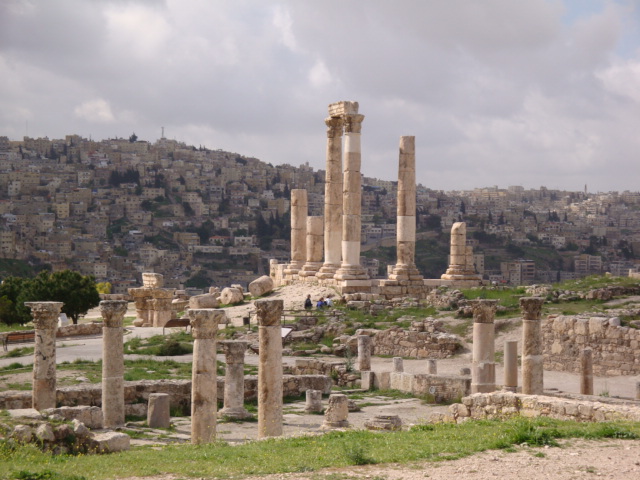 Departure to visit the ruins of the Amman Roman Theater, the Citadel and the Umayyad Palace. The tour includes visit to the Archeological and Folklore Museums. Free time for walking in the old town area of the city. Transfer to Dead Sea, the lowest point on the surface of the earth for a swim in its warm salty waters.
Departure to visit the ruins of the Amman Roman Theater, the Citadel and the Umayyad Palace. The tour includes visit to the Archeological and Folklore Museums. Free time for walking in the old town area of the city. Transfer to Dead Sea, the lowest point on the surface of the earth for a swim in its warm salty waters.
Day 3 Dead Sea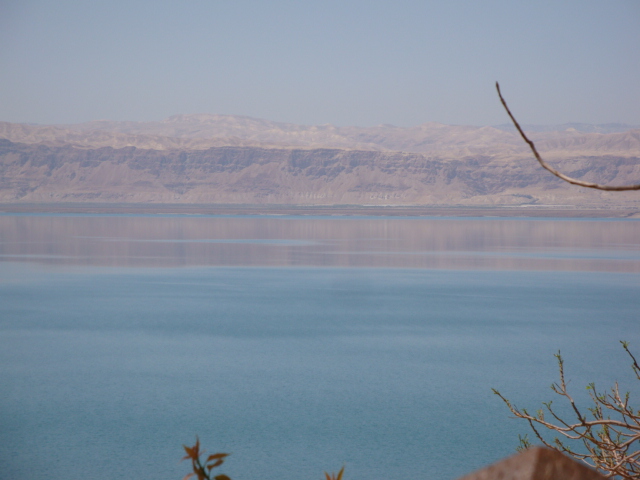
Day 4 Dead Sea / Madaba/ mount Nebo/ Mukawir.
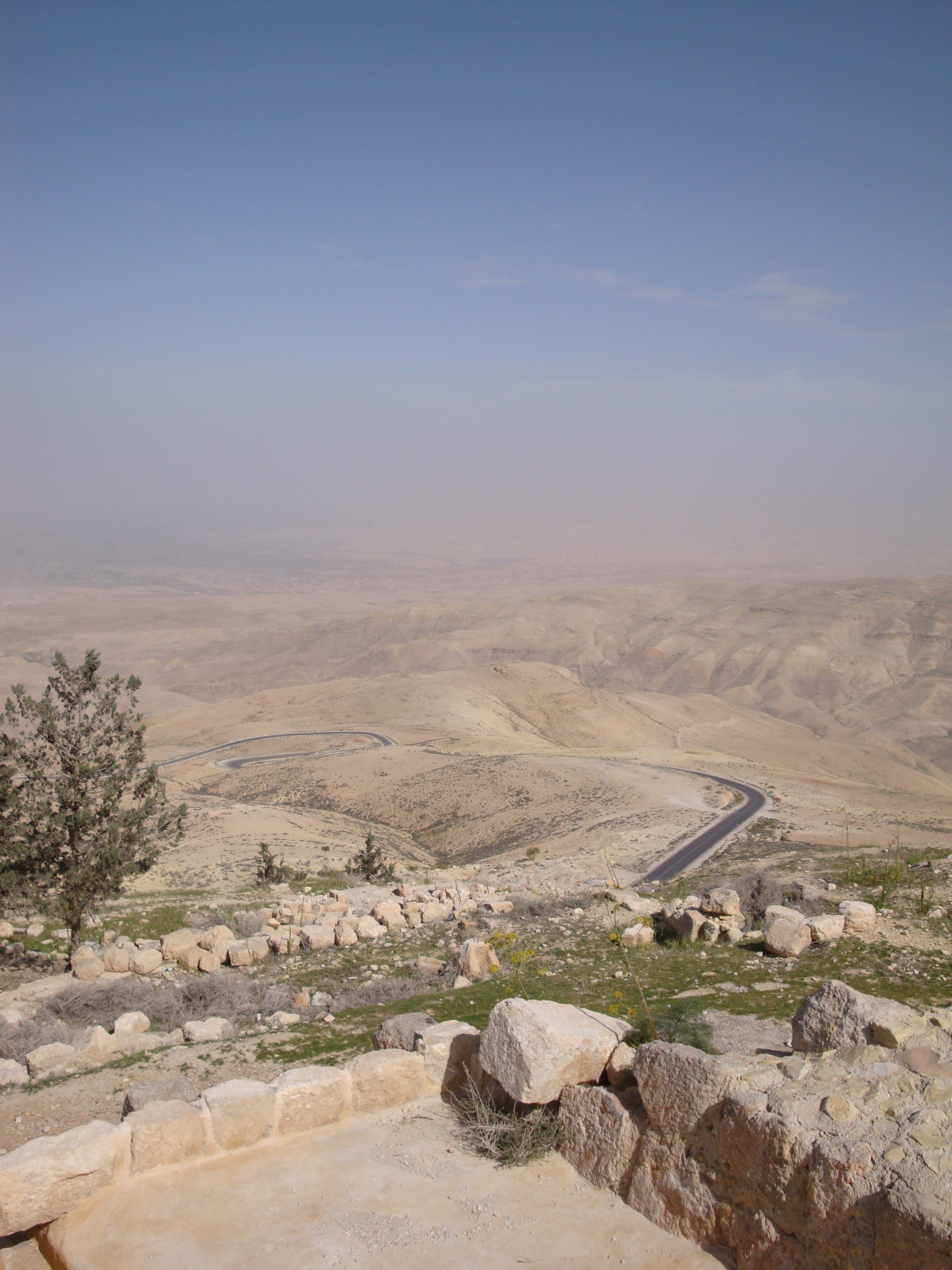 Morning departure south through the King’s Way, an ancient route that still has marks left from traders, armies and pilgrims who crossed it centuries ago. Visit the Cristian town of Madaba ” the City of Mosaics.” You will be visiting the St. George Church with its mosaic of the Holy Land from Byzantine times, and the archeological park, which houses the remains of several Byzantine Church of the Virgin. The park complex includes a school for the restoration and conservation of ancient mosaics. Take a detour to Mount Nebo, the site of the endearing monastery. Proceed to visit Mukawir. The local name for this hilltop al-mishnaqa, the gallows carries resonances of its early notoriety, for the fort that crowns it is traditionally associated with the imprisonment and execution of John the Baptist. Dramatically situated in the hills south-west of Madaba, and overlooking the Dead Sea, the fortress of Machaerus lies near the small village of Mukawir, whose name reflects the ancient one, but the story of Machaerus is older than that of John the Baptist. Continue to Petra.
Morning departure south through the King’s Way, an ancient route that still has marks left from traders, armies and pilgrims who crossed it centuries ago. Visit the Cristian town of Madaba ” the City of Mosaics.” You will be visiting the St. George Church with its mosaic of the Holy Land from Byzantine times, and the archeological park, which houses the remains of several Byzantine Church of the Virgin. The park complex includes a school for the restoration and conservation of ancient mosaics. Take a detour to Mount Nebo, the site of the endearing monastery. Proceed to visit Mukawir. The local name for this hilltop al-mishnaqa, the gallows carries resonances of its early notoriety, for the fort that crowns it is traditionally associated with the imprisonment and execution of John the Baptist. Dramatically situated in the hills south-west of Madaba, and overlooking the Dead Sea, the fortress of Machaerus lies near the small village of Mukawir, whose name reflects the ancient one, but the story of Machaerus is older than that of John the Baptist. Continue to Petra.
DAY 5 Petra
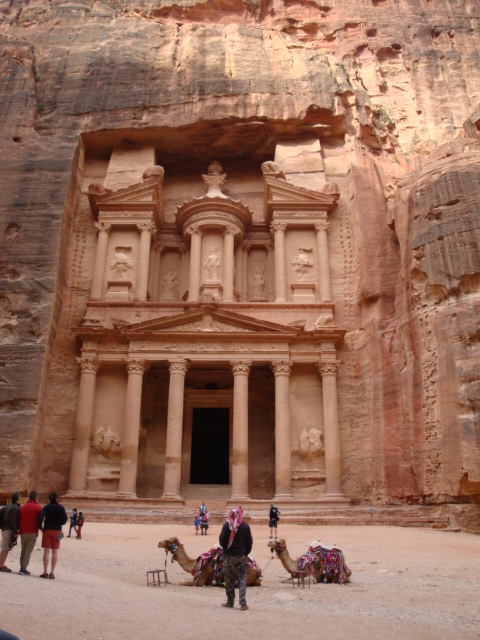 The visit of the ancient Nabatean Capital starts on horseback, followed by a walk through the Siq, a long narrow fissure between two overhanging cliffs. The tour then proceeds to gradually unfold the mysteries of the Red Rose City. Petra, meaning “rock” in Greek, was the capital of the Nabataean Kingdom. Tours to Petra have not been possible as the site was unknown to the west until a Swiss scholar discovered it in 1812. Accessible through a narrow gorge (siq) over 50 meters high in some places, visitors coming to spend their holiday in Petra are met by a magnificent 30-metre high monument carved in the pink rock at the end of the siq. Known as The Treasury or Al Khazneh in Arabic, it is Petra’s most elaborate monument. Petra enjoyed the peak of its prosperity during the 1st century BC when it had 30 thousand inhabitants. During antiquity, merchants travelled to Petra on caravans on their way towards Gaza and Syria on the spice route.
The visit of the ancient Nabatean Capital starts on horseback, followed by a walk through the Siq, a long narrow fissure between two overhanging cliffs. The tour then proceeds to gradually unfold the mysteries of the Red Rose City. Petra, meaning “rock” in Greek, was the capital of the Nabataean Kingdom. Tours to Petra have not been possible as the site was unknown to the west until a Swiss scholar discovered it in 1812. Accessible through a narrow gorge (siq) over 50 meters high in some places, visitors coming to spend their holiday in Petra are met by a magnificent 30-metre high monument carved in the pink rock at the end of the siq. Known as The Treasury or Al Khazneh in Arabic, it is Petra’s most elaborate monument. Petra enjoyed the peak of its prosperity during the 1st century BC when it had 30 thousand inhabitants. During antiquity, merchants travelled to Petra on caravans on their way towards Gaza and Syria on the spice route.
DAY 6 Petra / Beida / Wadi Rum/ Aqaba
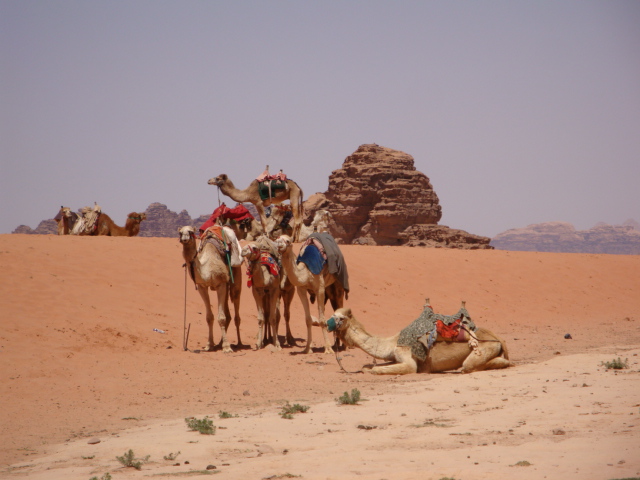 Proceed to Beida, also known as Little Petra and the place where the Nabateans used to entertain their guests. Continue south to the enchanting desert of Wadi Rum, Jordan’s largest desert and one of the most spectacular desert landscape in the world. Watch the most beautiful wiew while drinking a cup of traditional Bedouin tea and transfer to the Gulf city of Aqaba. Jordan’s only seaport lies half encircled by mountains at the head of the Gulf of Aqaba, an arm of the Red Sea. Its position was always strategic – as a hub of the land and sea routes linking Arabia, the Far East, Africa and Europe, and for its subterranean reserves of sweet water.
Proceed to Beida, also known as Little Petra and the place where the Nabateans used to entertain their guests. Continue south to the enchanting desert of Wadi Rum, Jordan’s largest desert and one of the most spectacular desert landscape in the world. Watch the most beautiful wiew while drinking a cup of traditional Bedouin tea and transfer to the Gulf city of Aqaba. Jordan’s only seaport lies half encircled by mountains at the head of the Gulf of Aqaba, an arm of the Red Sea. Its position was always strategic – as a hub of the land and sea routes linking Arabia, the Far East, Africa and Europe, and for its subterranean reserves of sweet water.
DAY 7 Aqaba / Amman
DAY 8 Amman / Um Qais / Ajlun/ Jerash/ Amman
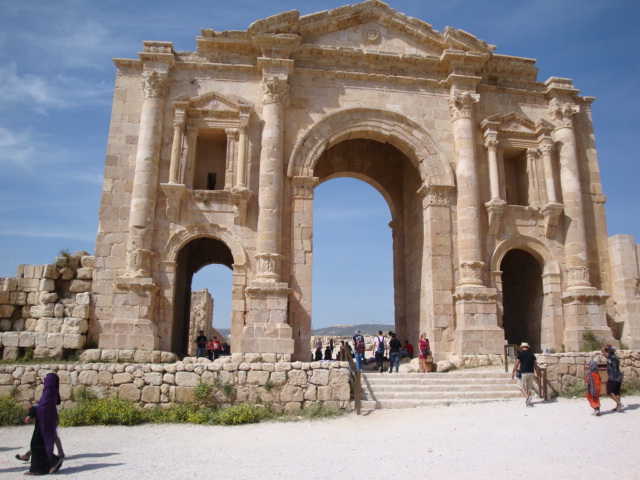 Depart Amman to visit Um Qais, a city rich with basalt ruins and overlooking the Jordan Valley, Golan Heights and Lake Tiberius ( the Sea of Galilee ). Continue to visit the village of Ajlun with its fortress and magnificent view into the Jordan Valley. Proceed to visit Jerash: one of the most preserved Greco – Roman cities in the middle east. In the 1st century AD a new town plan was adopted with a colonnaded main street, the Cardo, at the south end of which is the unusual and lovely Oval Piazza (in fact two unequal parabolas joined by a straight line). Above it is the larger of the two theatres, with seats for about 3,000 people. Between them is the temple of Zeus, its Hellenistic version on the lower terrace, and its latest 2nd-century AD remodeling on the hill above. Also in the 2nd century the Cardo was made wider and grander, with Corinthian capitals crowning its columns – the old Ionic ones were reused in various parts of the city. Two cross-streets were made, the North and South Decumanus. West of the Cardo rose a handsome octagonal macellum, or food market; and also, just south of the North Decumanus, a second smaller theatre, or odeon. Two large bath houses were added further east, near the residential areas. Dominating Jerash still is the great temple of Artemis, built and enlarged (but never completed) between the late 1st and mid-2nd centuries, and dedicated to the city’s patron goddess. It is set in a wide and spacious temenos, approached from the Cardo through a monumental gate and stairway. Return to Amman.
Depart Amman to visit Um Qais, a city rich with basalt ruins and overlooking the Jordan Valley, Golan Heights and Lake Tiberius ( the Sea of Galilee ). Continue to visit the village of Ajlun with its fortress and magnificent view into the Jordan Valley. Proceed to visit Jerash: one of the most preserved Greco – Roman cities in the middle east. In the 1st century AD a new town plan was adopted with a colonnaded main street, the Cardo, at the south end of which is the unusual and lovely Oval Piazza (in fact two unequal parabolas joined by a straight line). Above it is the larger of the two theatres, with seats for about 3,000 people. Between them is the temple of Zeus, its Hellenistic version on the lower terrace, and its latest 2nd-century AD remodeling on the hill above. Also in the 2nd century the Cardo was made wider and grander, with Corinthian capitals crowning its columns – the old Ionic ones were reused in various parts of the city. Two cross-streets were made, the North and South Decumanus. West of the Cardo rose a handsome octagonal macellum, or food market; and also, just south of the North Decumanus, a second smaller theatre, or odeon. Two large bath houses were added further east, near the residential areas. Dominating Jerash still is the great temple of Artemis, built and enlarged (but never completed) between the late 1st and mid-2nd centuries, and dedicated to the city’s patron goddess. It is set in a wide and spacious temenos, approached from the Cardo through a monumental gate and stairway. Return to Amman.
DAY 9 Amman/ Departure.
Special thanks to Iris and Younes.
Un viaggio indimenticabile,una meravigliosa emozione.

Lascia un commento